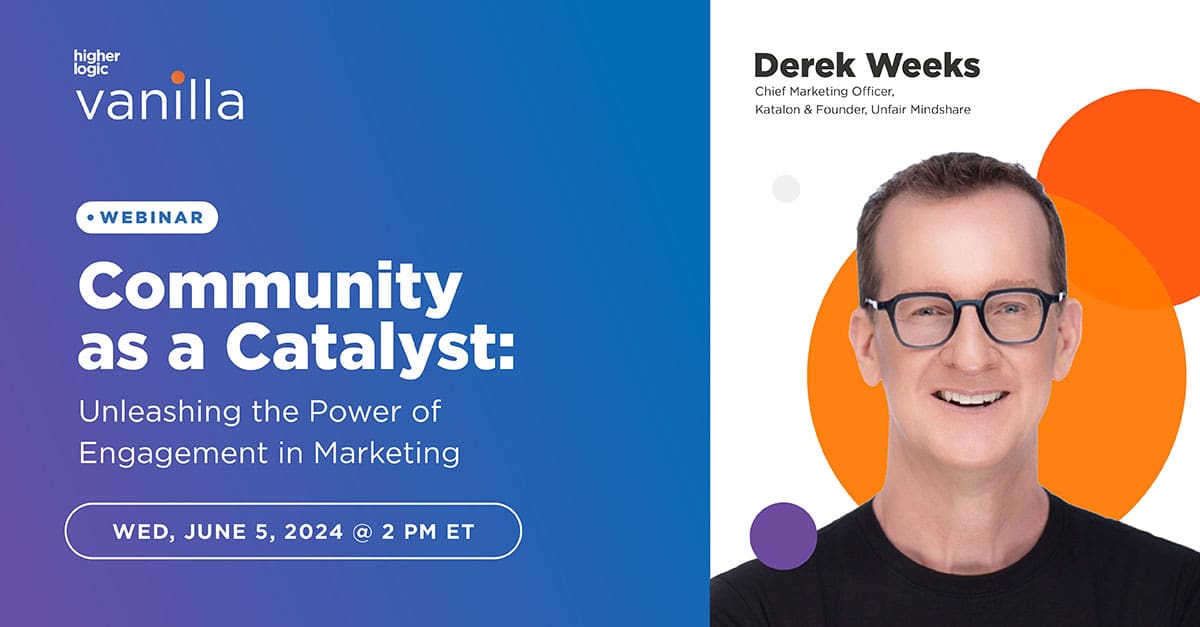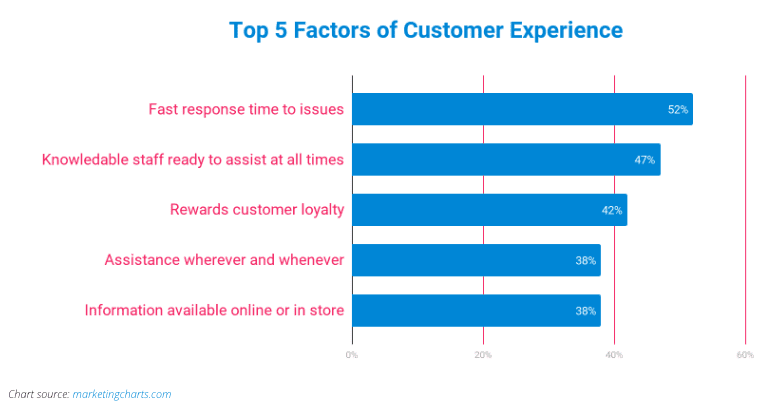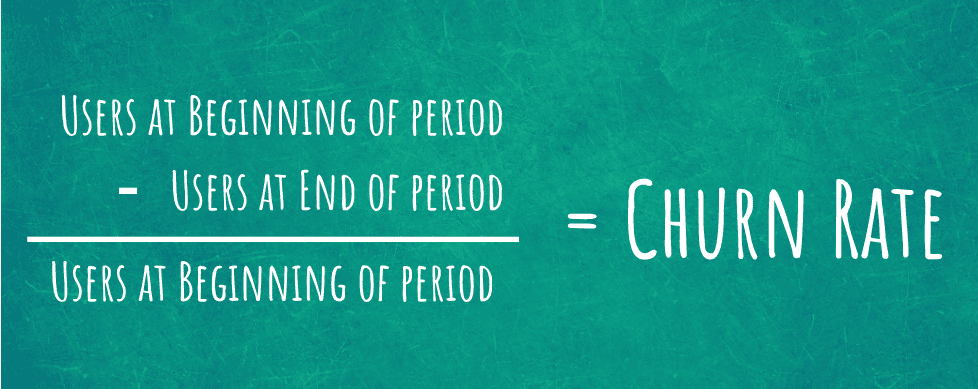
What is CX? Why is Customer Experience Important?
Customer service refers to the experience that a customer has when they are searching for a solution to an issue or have questions about your product or services. The customer reaches out to you, and the experience that you provide them amounts to your level of customer service.
Customer experience, on the other hand, refers to every single touch point a customer has had with your company throughout their customer journey. They may or may not be requesting assistance or contacting you; it may be something as simple as the content that they’ve read on your blog before they even became a customer. It’s all part of the customer journey, and the experience of your customers down this path.
To illustrate the difference, I’ll give you a weird yet effective example. Because why not?

Dorothy’s Customer Journey
Let’s take a look at Dorothy from the Wizard of Oz – she’s the potential customer of the Wizard. Below, I’ll layout her journey and show you the difference between her customer experience and the customer service she received.
Dorothy’s Customer Experience
Top of the Funnel
The first touch point in her journey, much like all customers, is awareness. Glinda, the Good Witch, is the first to inform her of The Wizard, who will be able to provide her with the services she is looking for.
Adding to the awareness and hype of this option is none other than the Munchkins themselves. The Munchkins literally create a frenzy about “following the yellow brick road,” that Dorothy can’t help but appreciate. She’s led to the middle of the funnel by the helpful, yet firm guidance of the Munchkins and is well on her way down the yellow brick road with The Wizard top of mind.
So far, her customer experience has been very good. She’s been able to gather quick and easy information about a solution to her pressing (and life threatening) issue, and the vision and mission statement regarding The Wizards’ business has been made clear to Dorothy, as she gleefully states:
“We hear [The Wizard of Oz] is a whiz of a wiz, if ever a wiz there was. If ever, oh ever a wiz there was, The Wizard of Oz is one because (x7) of the wonderful things he does.”
Middle of the Funnel
Her customer journey down the yellow brick road leads her to encounter a number of different pleasurable experiences. She meets the Scarecrow, who has also heard great things about The Wizards’ services.
Dorothy, much like most customers, appreciates hearing a positive peer reference, and so, she’s more convinced than ever that this is the service for her. As such, when the Scarecrow asks to accompany her, she happily accepts.
Bottom of the Funnel
The testimony of the Scarecrow seems to be a turning point in Dorothy’s customer journey. As Dorothy nears the bottom of the funnel and encounters the Tinman and the Cowardly Lion, it is Dorothy herself that informs them of The Wizards’ services. She’s had such a good customer experience that she herself has become an advocate for the brand before even becoming a customer.
Now that’s effective marketing if I’ve ever seen it!
She, and her companions, finally reach their destination in their desire to become customers of The Wizard.
The Wizards’ Customer Service
Up until this point, Dorothy has had an excellent customer experience. Now, she is about to connect with the Wizard and his associates directly about her issue and inquire about the services that he provides.
THIS is where customer service comes into play.
The associate who first responded to Dorothy’s inquiry when she arrives at Emerald City can be, at best, described as deliberately ambiguous and unapologetically rude.
Dorothy had to try twice to connect with him, and once she did, the associate told her that nobody could see The Wizard, and then later contradicted himself once he heard of Glinda’s reference, stating, “well why didn’t you say so!? Come on in!”
When Dorothy meets The Wizards’ second associate, he is also very vague in his response to providing Dorothy with access to The Wizards’ services, but then promptly promises to do so after “taking them to tidy up.”

This customer service ultimately proves to be quite the positive experience for Dorothy, as she is treated to generous bonuses free of charge before meeting with the Wizard. One of the Wizards’ associates even claims that she can, “dye [Dorothy’s] eyes to match her gown.” Dorothy, like most customers, truly values free merchandise; this experience created a wholesome and positive vibe for Dorothy, only reinforcing her claim as a brand advocate.
This positive experience however takes an ironic and sick twist when Dorothy finally meets with the Wizard and has to pay quite a high cost to receive her service. Since the Wizard held a monopoly on the services she needed, she felt she had no choice but to pay the high cost. In this case, unfortunately, the cost turned out to be committing manslaughter in her attempt to steal a broomstick.
Like most customers, Dorothy doesn’t appreciate high and hidden costs, and she was most unhappy with this experience.
And somehow, as if this horrible customer service wasn’t enough, it only seemed to foreshadow the disturbingly atrocious customer service that Dorothy would soon experience.
Upon their departure, the Wizard accidentally leaves without her, and states,“I can’t come back, I don’t know how it works.” This is a classic example of horrific customer service; the Wizard neither knows how to do his job correctly, nor even apologizes for his mistake.
Further, to add insult to injury, Dorothy is unable to get a refund.
Suffice it to say, this negative customer service has severely impacted Dorothy’s experience as a customer.
As for the impact on the Wizards’ business? Well, high costs mixed with low quality services don’t provide for good customer experiences. The Wizard should expect to see a high churn rate in the coming months, as Dorothy will be sure to leave a negative review once she arrives back in Kansas.
Well, I hope that gave you some clarity as to the difference between customer experience and customer service, and helped you to better understand what CX actually is.
If not, well, it’s been a slice. Let’s read on.
Factors that Contribute to Excellent CX
It should be obvious that basically every component of your service/ product delivery and interactions with your customer can have an impact on customer experience.
But for the sake of providing you with the best info on CX, let’s take a look at the top 5 factors of customer experience.
Evident from the types of CX factors that mean the most to your customers, one could conclude that a variety of customer self-service support options would drastically improve your CX. This is also supported by the fact that statistically, 91% of customers prefer to help themselves.
And well, we have already learnt that CX goes beyond customer service, and focuses on every touch point a customer has with your business. As illustrated by our friend Dorothy, good CX can be attributed to hearing/ reading/ listening to useful material from that business (peer reviews, references, blogs, webinars, eBook).
Excellent CX can also be encouraged through making your customer feel as though they’ve found a bargain; that your prices are reasonable and there are no hidden costs. Further, as listed in the chart above, rewarding customer loyalty and providing them with rewards also has a huge impact on CX.
In fact, an excellent way to reward customer loyalty is through adding gamification elements to your online support community.
So now you know what excellent customer experience is made of. Great. But why is it important?
The Importance of CX
Providing your customers with an excellent CX is vital to your business as it has a direct impact on two major factors that are critical to your business:
- Reducing customer churn (and increasing retention)
- Attracting new customers (customer acquisition)
Reducing Customer Churn
This should be obvious: a happy customer is a customer that stay!
In case you don’t know, churn rate refers to the number of customers that chose to leave within a given period of time. This number is often expressed as a percentage and provides a good indication of customer satisfaction.
Truth be told, 80% of your future profits will come from just 20% of your existing customers, so reducing customer churn is actually one of the most important things a business can do.
In fact, so many businesses make the mistake of investing the most resources into capturing new customers. While this is important, statistics show that a majority of your profits will come from the customers that you already have.
Investing additional resources on customer experience is therefore crucial to ensuring the longevity of a business.
Attracting New Customers
As we learnt from our example with Dorothy, people truly value the opinions of their friends and peers. Customers don’t really trust businesses, but they trust other customers.
Providing your existing customer with excellent CX is the key to attracting new customers.
As stated by the Harvard Business Review: “the most successful brands focus on users — not buyers”
Why? Because people don’t trust you, they trust your existing customers.
In fact, statistically, 77% of your customers will recommend your business to a friend after they have a positive experience. 77%! That’s more than ¾ of your customers that will recommend YOU!
What’s more is that 55% of millennials value recommendations as their primary selection criteria when searching for a brand.
And for all of you planners out there, here’s the predicted snapshot of next year: by 2020, 89% customers will shift to companies providing better customer experience and engagement.
All you need to do is provide good CX, which goes back to my point about investing more money into your current customers; attracting new customers will come organically if you do this right.
Final Thought
Well, there you have it folks, CX defined.





